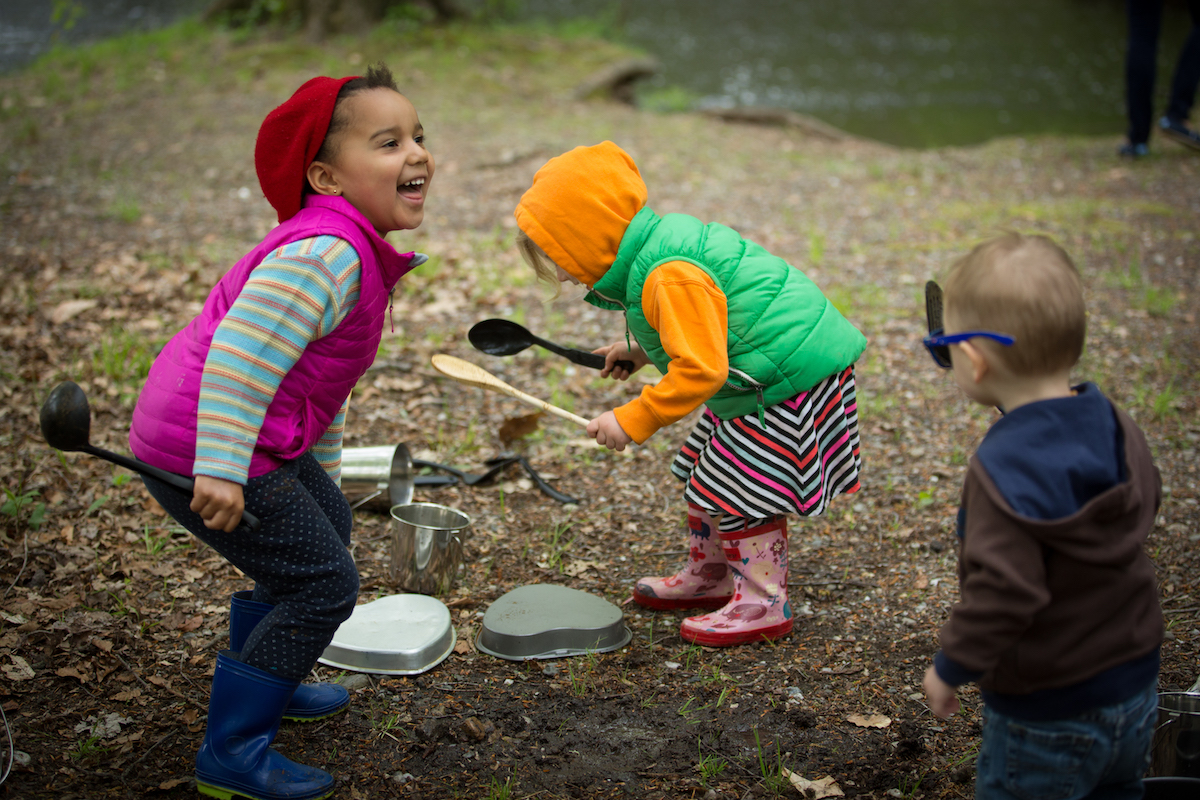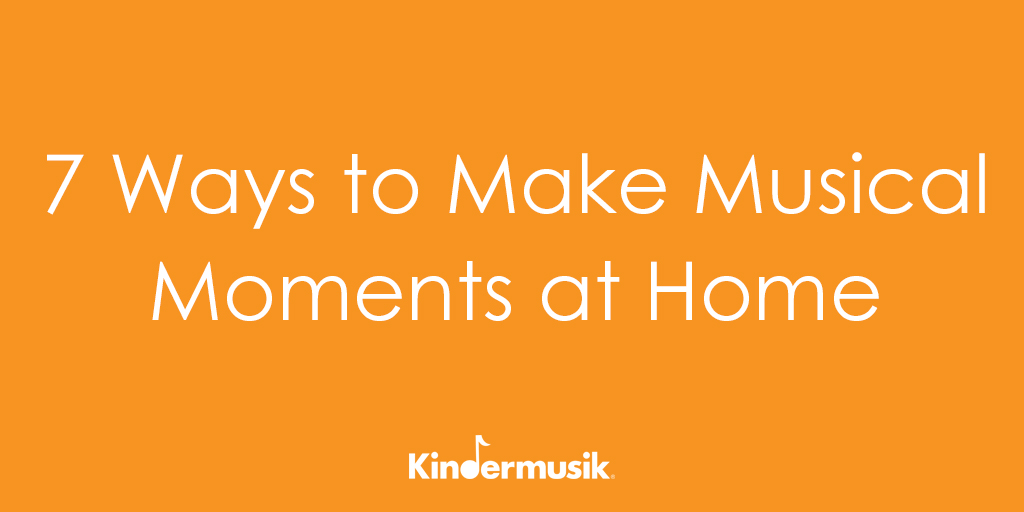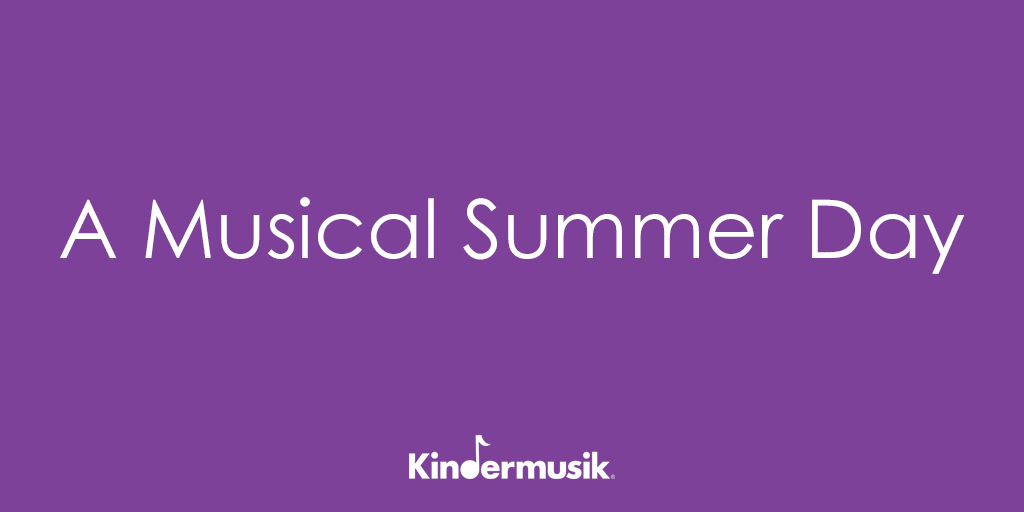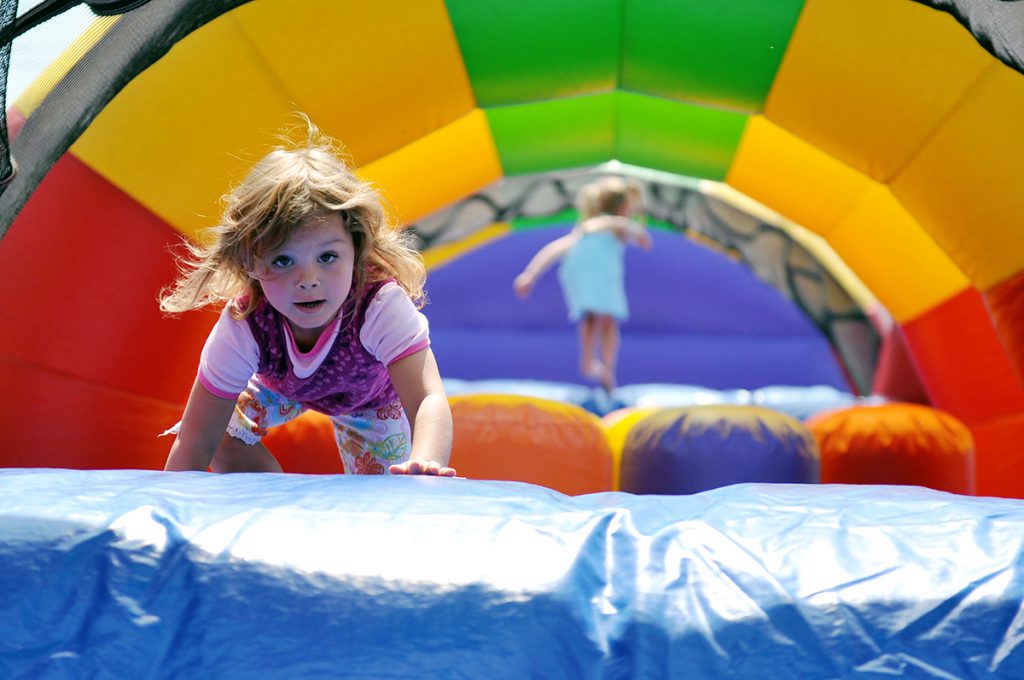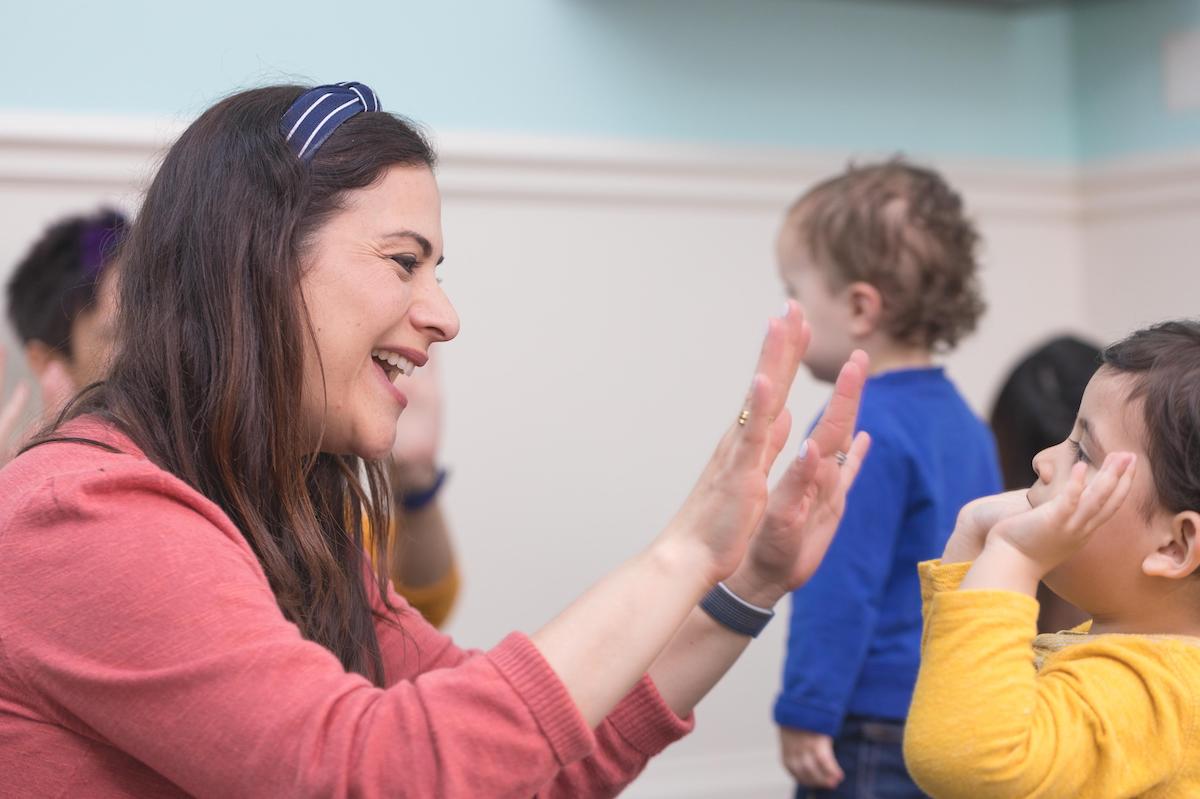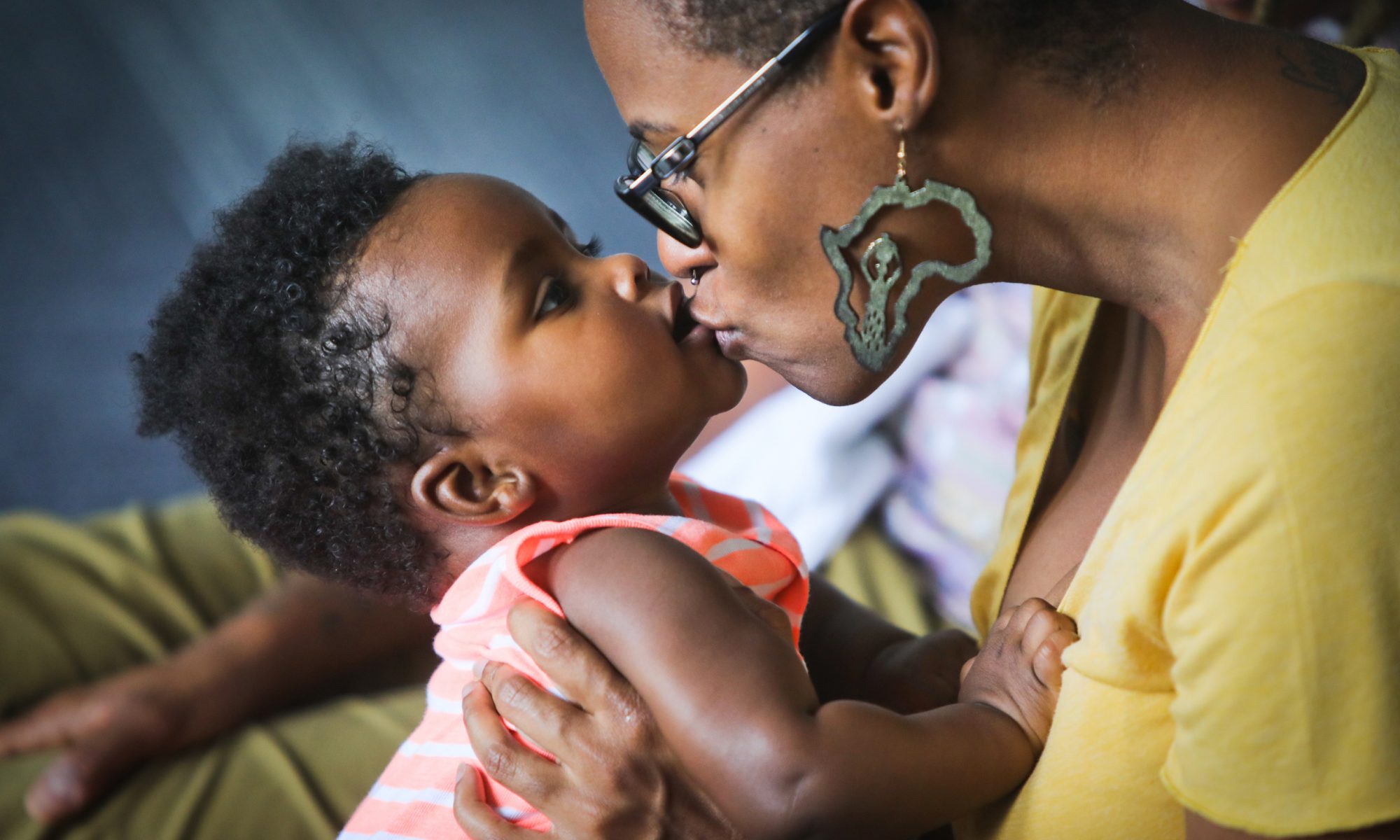How to teach creativity and nurture it often gets lumped into “the arts,” but creativity is about so much more than that. It has to do with asking the right questions, encouraging pretend play in different settings, providing starting points and watching (or nurturing vs leading) the problem-solving at work.
One of the best places to turn up the volume on creative learning is outside. We asked Co-Founder and Chief Learning Officer of Tinkergarten (now part of Highlights for Children) Meghan Fitzgerald, some of her team’s favorite go-tos when it comes to breaking down creativity into digestible, reachable, and teachable ideas for teachers and families. Here’s what she had to say.
Continue reading “3 Ways to Teach Creativity to Young Kids”
